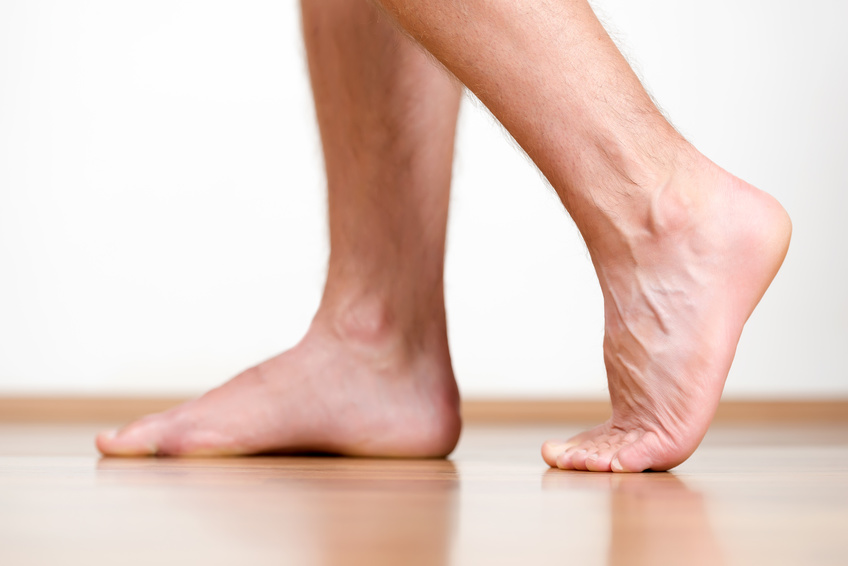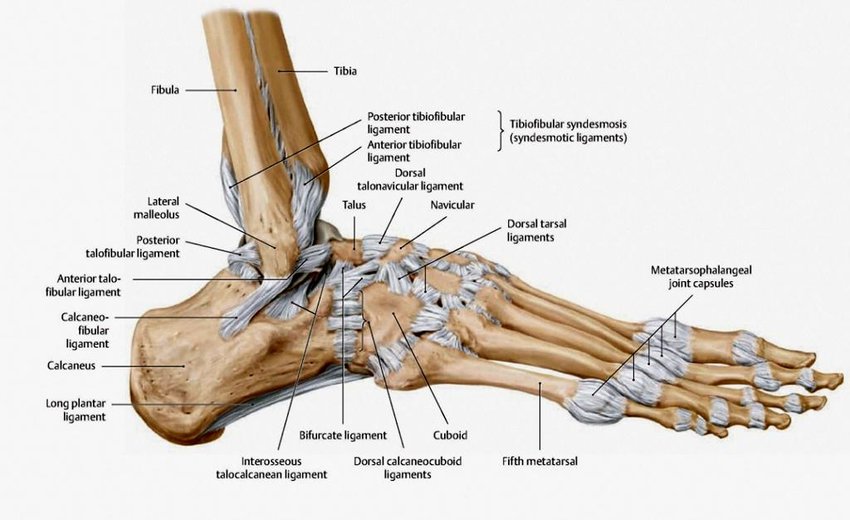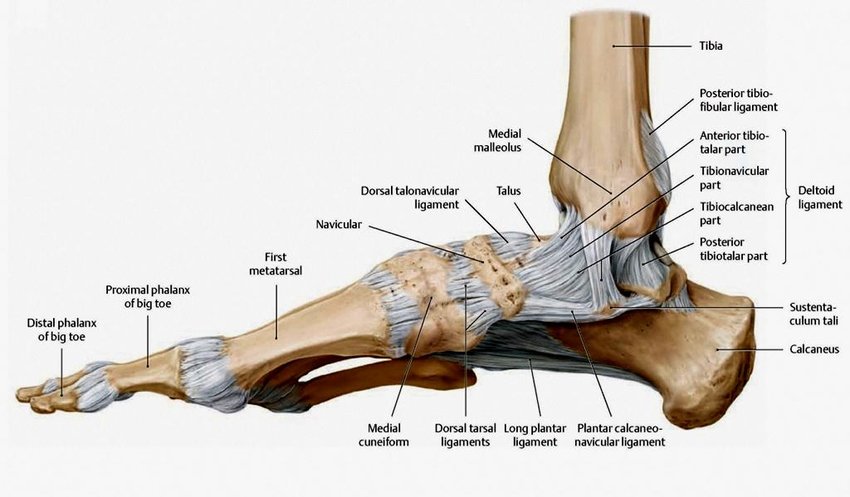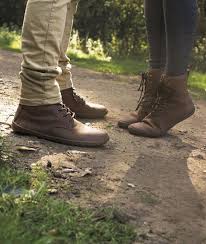As we treat a lot of foot, ankle, and lower extremity pain here at Freedom PT, one of the biggest questions we get is, “what is the best shoe?” Excellent question with a simple answer…sort of.
Let’s start with a little basic foot knowledge.
The foot is made up of 26 bones, 33 joints, and over 100 muscles, tendons, and ligaments. There are 2 arches in your foot. The transverse, which goes across your foot near the base of your toes, and the Longitudinal arch which runs along the inside border of your foot. Both are meant for absorbing forces as well as bearing the weight of our bodies.
The foot is loaded with sensory and proprioceptive receptors which give constant feedback to your brain as to what is going on with the ground under you so that you can make split-second transitions during the course of standing, walking, running, jumping, etc. It tells your brain how much power is needed for propulsion based on the surface it is on and reactions to prevent “rolling or twisting” your ankle. They allow you to land softer and utilize your knees and hips to better absorb force.
The foot is made to be a stable surface to push off of, as well as a shock absorbing structure through its arches, and it it has a lot of movement possibilities to accommodate differently shaped surfaces that you are standing, walking, or running over.
Our feet are incredible in their overall structure and function.
But, besides getting pedicures, they may be one of the most abused and neglected regions of our bodies. We often don’t think too much about them, at least until we start to have pain or problems.
Our body thrives on hormetic stress. This is a positive type of stress that challenges our bodies to grow and become strong. The easiest hormetic stress example to think of is resistance exercises to get stronger. The opposite of this stress is ease and comfort. If you wore a brace for a year to ease the burden of holding your neck up for you, you could imagine that it would be quite weak and stiff after that year and you most likely would have to continue to rely on that brace to hold your head up. Anybody that has had a cast for a couple months, which supported the area of the fracture, will tell you that their muscles were quite atrophied and weak as well as probably a lot of joint stiffness. Your feet are no different than any other region of your body. Yet, we put them in confining and “supportive” shoes. The more support, the less work they have to do. They become weak, stiff, less sensitive to giving feedback, and more hypersensitive to terrain that is not cushiony. We become dependent on our footwear. And our feet start to adapt to the shape of our footwear.
A narrow toe box scrunches our toes together and limits motion of the joints which can lead to issues such as bunions and metatarsalgia. Most shoes also have an increased heel height compared to forefoot height which shortens your Achilles’ tendon and calf muscles and puts your body into a faulty posture which then can increase abnormal stress to other joints such as knees, hips, and spine. Increased heel height in running shoes has also been shown to have changed running mechanics which is thought to be a major contributing factor to a lot of running injuries.
So, the easy answer to what is the best shoe is…
No shoe. Your barefoot is the perfect vehicle to get you to and fro. That being said, we live in a society where we do have to wear shoes for many different reasons. So in that case, I generally prefer the shoe to be as minimalistic as possible. A thin piece of rubber for the sole without cushioning, ample space for the toes to spread out, no “support” so that the muscles and joints can do their thing. Shoe brands like Vibram five fingers and Vivobarefoot exemplify the minimalist or “barefoot” shoe. Excellent choices!
Now, this is very important!
If you have been wearing traditional footwear your whole life, ie. tennis shoes, dress shoes, high heels, clogs, etc., and rarely go barefoot, then it is not recommended to just jump right into the barefoot/ minimalist world. Just like you would not go from being a couch potato to squatting 400 lbs, You have to work your way there. The more deconditioned and stiff your feet are, the longer it will take. This may mean months or years of gradually working your way to more responsible shoes.
In the meantime what is the best shoe!? It is the one that is closest to allowing your foot to function on its own but supports your foot and body just enough in its current physical condition. In a world with hundreds of options, here are a few steps to picking out the best shoe for you:
- Try on a variety! Don’t just stick with the same brand you have been wearing for years. There are so many brands out there, and not everyone fits each person the same.
- Search for a shoe with a wide toe box. It should fit snug, but not tight around your upper foot and keep your heel from sliding around, but should have ample space in the forefoot, (toebox) to allow for your toes to spread out and not be crunched together.
- Work your way to a 0 drop shoe. The drop is the heel height compared to the forefoot height. There should not be any difference in height. However most walking and running shoes have between 8-12 mm difference. And of course, dress shoes and high heels are even more. That may not sound like a lot but over the course of all your standing and 10,000 steps each day, it adds up to tight and rigid Achilles and calf. The next shoe that you buy, decrease that drop by 2-4 mm. And work eventually to 0.
- Reduce the amount of cushioning in the sole. With each new pair of shoes, aim to reduce the height of cushioning in the soles of your shoes. While running shoe companies spend billions of dollars developing the latest and greatest proprietary blends of rubbers and foams, they, in fact, are making your feet weaker and less resilient in the long run. They do offer benefits with energy absorption and rebound and can, in fact, make you feel and actually run faster. However, by making this easier, it takes away from our own body getting stronger to produce the forces necessary to propel us at that speed. Short term gains with long term consequences.
- A shoe should not make you have pain but as you are working to reduce to a more minimalist shoe, you may feel increased fatigue. Just like you would in other regions after exercise.
- Practice going barefoot. If you never ever go barefoot, start with 5 min on soft carpeting. Work your way longer. Challenge your feet to mild or moderate fatigue but not pain. Challenge them on a variety of surfaces, especially outside on sand, dirt, grass, stones. The more you use your feet, the stronger and more resilient they will get.
- There are exceptions! If you have a major structural abnormality, support through shoes and/or an orthotic may be genuinely warranted. If you have diabetes or neuropathy, protective footwear is highly recommended.
- While there is still debate on this topic, the best way to know for sure what the right shoe is for you is to consult your foot professional ie. physical therapist, podiatrist, or orthopedist for their recommendation after a thorough look at your feet and functional mobility.
- Some of my favorite shoe brands: Vibram five fingers, Vivobarefoot, Lems, Altra, Xero shoes, Earth runners, Toms, Inov8.









